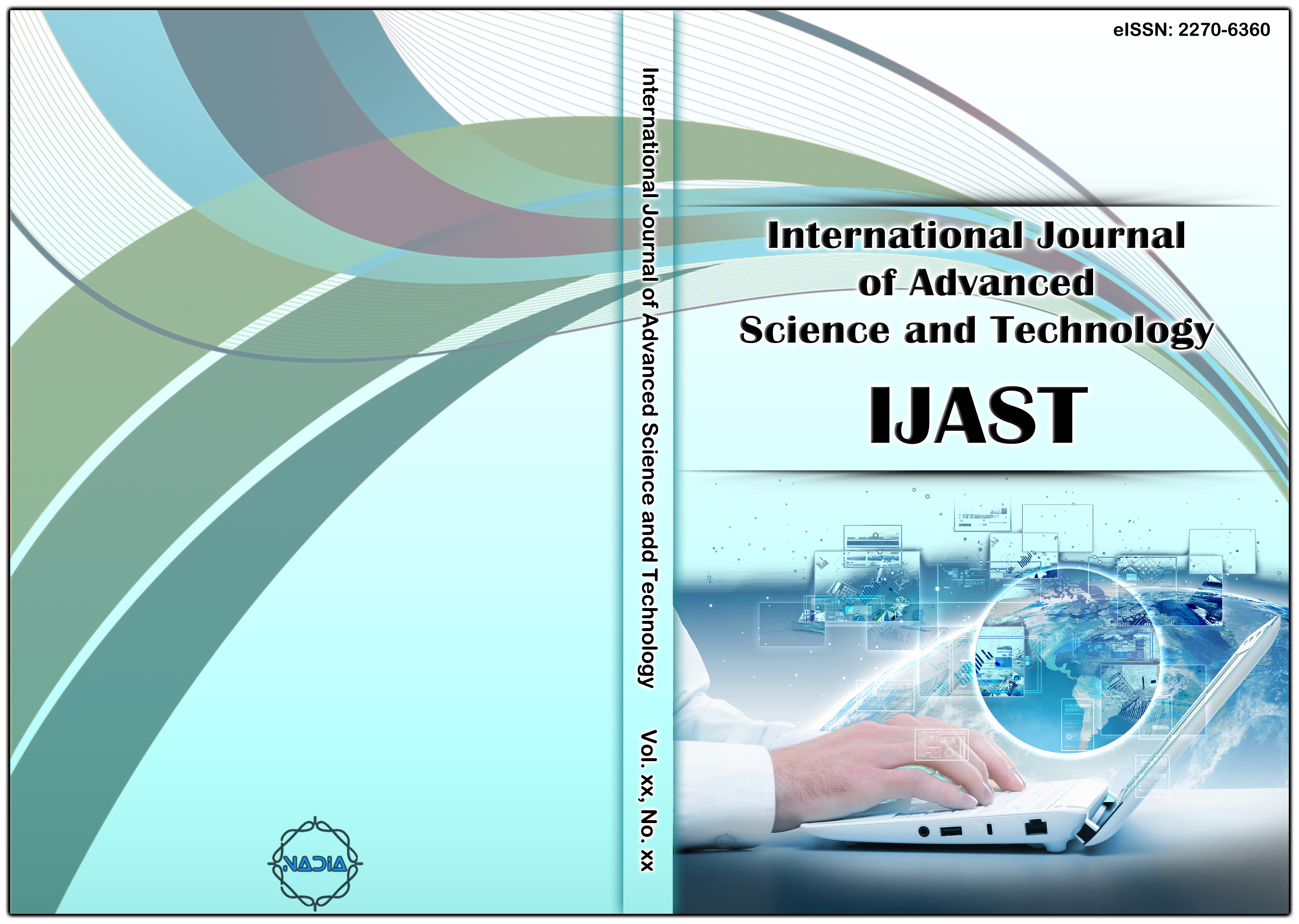[1] Suman, D., Malini, M. and Rao, M. M. V., “Design and development of a comprehensive Driver Drowsiness detection and Alerting System”.
[2] Raglio, A., Oasi, O., Gianotti, M., Bellandi, D., Manzoni, V., Goulene, K., Imbriani, C. and Badiale, M. S., “Music therapy, emotions and the heart: A pilot study”, G. Ital. Med. Lav. Ergon., vol. 34, no. 4, (2012), pp. 438-443.
[3] De Castro, B. C., Guida, H. L., Roque, A. L., De Abreu, L. C., Ferreira, L. L., Raimundo, R. D., Monteiro, C. B., Goulart, F. C., Ferreira, C., Marcomini, R. S., Ribeiro, V. F., Ré, A. H., Vanderlei, L. C. M. and Valenti, V. E., “Previous exposure to musical auditory stimulation immediately influences the cardiac autonomic responses to the postural change maneuver in women”, Int. Arch. Med., vol. 6, no. 1, (2013).
[4] Task Force of The European Society of Cardiology and The North American and Society of Pacing and Electrophysiology, “Heart rate variability”, Eur. Heart J., vol. 17, pp. 354-381, (1996).
[5] Acharya, U. R., Joseph, K. P., Kannathal, N., Lim, C. M. and Suri, J. S., “Heart rate variability: A review”, Med. Biol. Eng. Comput., vol. 44, no. 12, (2006), pp. 1031-1051.
[6] Appelhans, B. M. and Luecken, L. J., “Heart rate variability as an index of regulated emotional responding”, Rev. Gen. Psychol., vol. 10, no. 3, (2006), pp. 229-240.
[7] Hii, P., and Chung, W., “A comprehensive ubiquitous healthcare solution on an AndroidTM mobile device”, Sensors, vol. 11, no. 7, (2011), pp. 6799-6815.
[8] Fraile, J. A., Bajo, J., Corchado, J. M. and Abraham, A., “Applying Wearable Solutions in Dependent Environments”, Inf. Technol. Biomed. IEEE Trans. On, vol. 14, no. 6, (2010) November, pp. 1459-1467.
[9] Issac, R. and Ajaynath, M. S., “CUEDETA: A real time heart monitoring system using android smartphone”, presented at the India Conference (INDICON), 2012 Annual IEEE, (2012), pp. 047-052.
[10] Ko, S.-Y., Wang, K.-M., Lian, W.-C. and Kao, C.-H., “A portable ECG recorder”, Presented at the Consumer Electronics, Communications and Networks (CECNet), 2012 2nd International Conference on, (2012), pp. 3063-3067.
[11] Diab, M. O., Marak, R. A., Dichari, M. and Moslem, B., “The smartphone accessory heart rate monitor”, presented at the Computer Medical Applications (ICCMA), 2013 International Conference, (2013), pp. 1-5.
[12] Singh, K., Crilly, P. and Muthukkumarasamy, V., “Sensing and analyzing physiological data with a smart phone to secure an e-health system”, presented at the Communications and Information Technologies (ISCIT), 2012 International Symposium, (2012), pp. 302-307.
[13] Santoso, D. S., “Pengaruh Musik terhadap Performance Fisik”, Jurnal Teknik Industri, vol. 4, pp. 1-7, (2002) June.
[14] Zeydi, A. E., Jafari, H., Khani, S., Esmaeili, R., and Baradari, A. G., “The effect of music on the vital signs and SpO2; of patients after open heart surgery: A randomized clinical trial”, J. Mazandaran Univ. Med. Sci., vol. 20, no. 82, (2011), pp. 72-82.
[15] Dousty, M. and Daneshvar, S., “The effect of different kind of music and silences on electrical heart working”, Isfahan, (2010).
[16] Ho, T. C. T. and Chen, X., “iHeartLift: A closed loop system with bio-feedback that uses music tempo variability to improve heart rate variability”, presented at the Engineering in Medicine and Biology Society,EMBC, 2011 Annual International Conference of the IEEE, (2011), pp. 1181-1184.
[17] Afandi, I., “Pendekatan Musikal untuk Stimulan Denyut Jantung dengan Aplikasi Smartphone”, Universitas Gadjahmada, Yogyakarta, (2016).
